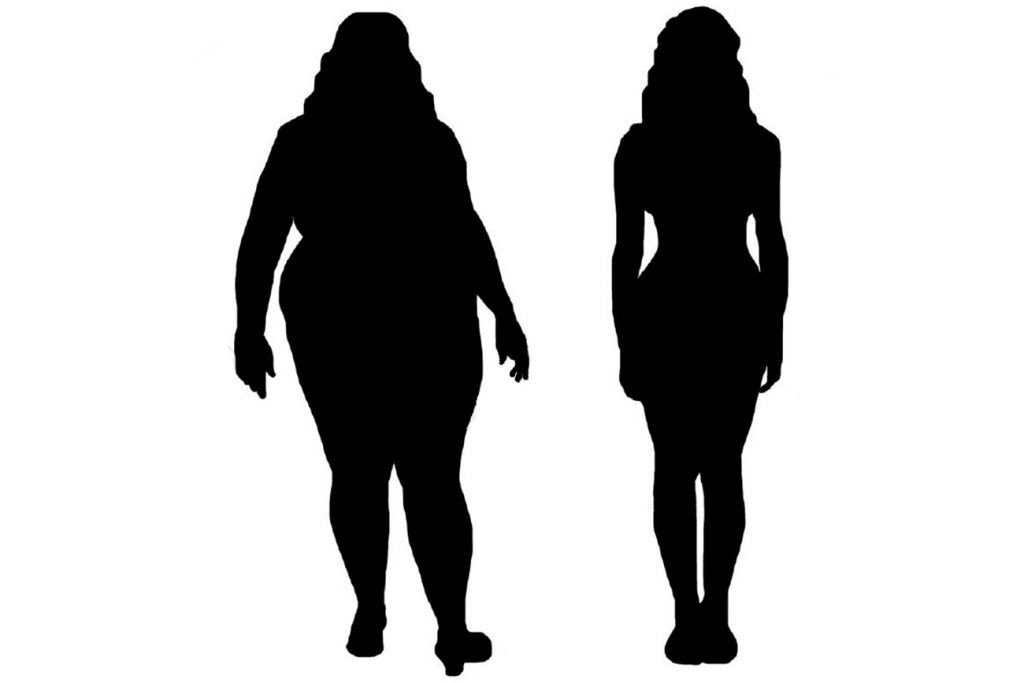A standard feature we commonly see accompanying almost all fitness and weight loss products advertised in magazines and newspapers, on television and online, are testimonials and/or before and after photos. But how real are these and how much can we really trust them?
Well, there are no doubt a good number of skeptics among us who believe that testimonials are almost always either falsified or paid for, simply because it’s so easy (and profitable) to do so. The same goes for before and after photos – these days creative lighting and Photoshop can practically work miracles.
But let’s put aside the questionable and fraudulent examples for the moment and limit our attention just to the genuine testimonials and before and after photos. How much weight can we really place in these?
About 10 years ago I bought a very popular weight loss book called Body For Life, by Bill Phillips. Body For Life was (and most likely still is) basically an eating and exercise plan that you were meant to follow for 12 weeks. And a few times a year they held competitions so see who made the most remarkable transformations in their body by following their plan over that period. Some of the transformations were truly remarkable, and in fact what got me so excited about the program at the time were the before and after photos of the past finalists and champions.
After following the Body For Life program myself for 12 weeks, the change I made in my body was minimal at best. In fact, it was hardly even noticeable. I wasn’t at all upset though, and I didn’t feel cheated in any way, because I knew that we’re all individuals and we will all experience different results.
What did make me think however was just how effective the results of their past followers were in creating a lot of interest in their program for me. After all, when we see other people’s success we naturally believe, or at least hope, that we can do the same.
The fact of the matter is however that whenever a group of people use a particular product, program, diet, or whatever else, their results will vary widely. The majority of people will experience a range of results spread around some average – a good product will produce a high average result and a poor product will produce a low average result. And fewer and fewer people from the group will experience both increasingly good and increasingly poor results.
In statistics this is called a normal distribution.
The small group of outlying individuals who experience extraordinarily good results is the one from which people are chosen to appear in testimonials and before and after photos for the product, and their results bear no real relationship to the average quality of the product.
There is a variety of reasons why some individuals can potentially experience excellent results with a marginal, or even poor, weight loss product. The two most common reasons by far are:
- Their physiology happens to respond particularly well to the product by chance, even where the majority of people don’t.
- They begin to use the product and at the same time make other healthy changes in their lifestyle, which are mostly responsible for their results, yet they conveniently attribute them to the product entirely.
What this means is that realistically, the experiences of people you see and hear about in fitness and weight loss product advertising are almost always highly biased. This is because they’re specially selected to portray the best case scenario, despite how highly improbable it is for most people to do the same.
If you were so see a TV commercial for the lottery, where a group of past winners were shown as an example of what you could experience if you were lucky enough to win yourself, you would know very well that your own chances of winning are very slim. With a lottery, this is a given.
Marketers of fitness and weight loss products use the same selective biasing for their testimonials, but they imply that everyone can experience the same results. Unfortunately, this simply isn’t true.
The next time you’re tempted by testimonials and before and after photos, bear in mind they don’t represent typical results in any way, and that expecting the same results is not unlike expecting to win the lottery. The only difference will be however, that your ticket will be a lot more expensive!


